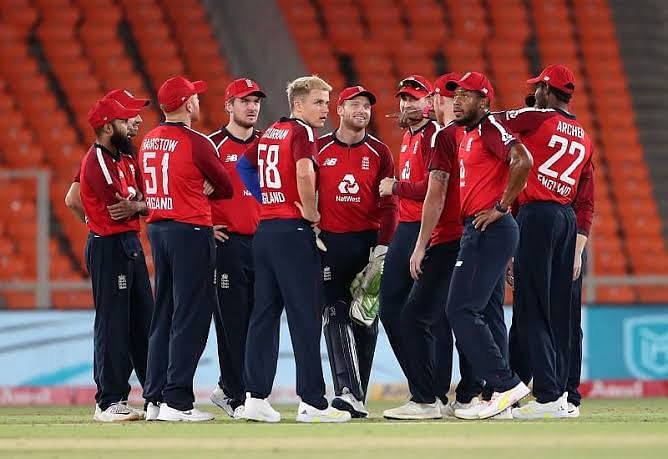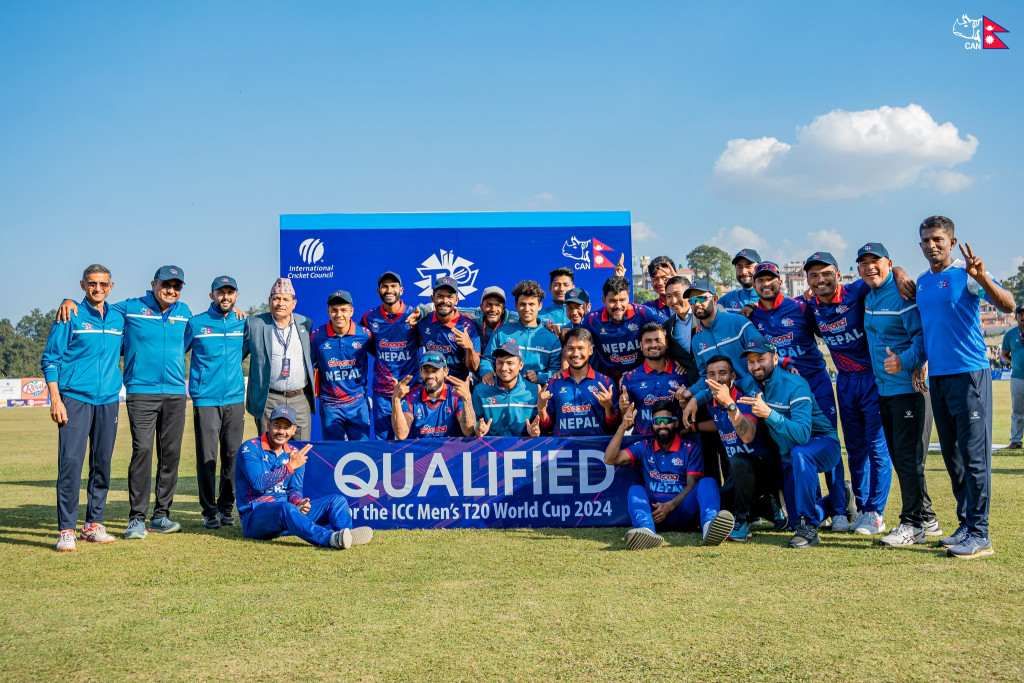The 2003 World Cup was a special one for a lot of nations. For Australia, it was a second World Cup in a row, for India, it was a painful loss in the final but they did learn a lot from the loss.
However, there was another team that had their best-ever campaign in their history. Do you know which team? Yes, Kenya!
Kenya, a nation that was given the status to become an associate member in 1966, played the first World Cup but were handed the ODI status in 1996 after the World Cup of that year. Fans of today may feel how is it possible that Kenya made it to the semi-finals of the 2003 World Cup? Well, let's have a look at their journey, the players who made it possible, and the shackles they broke to get to the semi-finals.
The 2003 Cricket World Cup was hosted by the African nations, Zimbabwe, South Africa, and Kenya. Before the tournament, it was quite evident that it would be the Proteas to make it into the most latter stages of the competition. However, something very peculiar was on the cards.
Kenya were in the same group as New Zealand, South Africa, West Indies, Sri Lanka, Bangladesh, and Canada. Only three teams were meant to progress to the Super Six stage and even before the tournament commenced, Kenya were no way near even a consideration that they may be one of the three teams going through.
Especially with the kind of start they had, losing against joint-hosts South Africa, Kenya had a huge task at hand.
However, they came back strongly against Canada. After their first win, a tough game was on its way but due to safety concerns, New Zealand decided to not contest and rather forfeited, something that later hurt them.

The Kiwis did request for the game to be shifted to either of the other two venues i.e. Zimbabwe or South Africa, but their appeal was denied.
Kenya then produced what turned out to be the upset of the tournament, outplaying the 1996 champions Sri Lanka. They then went on to beat Bangladesh but lost their ultimate game of the group stage against the West Indies.
You may be surprised but in a group with so many recognized nations, Kenya finished second, becoming the first non-test playing side to progress beyond the first round or the group stage of the World Cup.
There was a system used to calculate points for the group stage standings where a team earned four points for a triumph over another team that qualified, two points for a drawn or N/R game against an opponent, while a single point was given when a nation beat a team that didn't qualify.
Then came the Super Six stage where Kenya had to face India, Zimbabwe, and Australia. Kenya managed victory only against Zimbabwe, losing both their other games against India and Australia.
Luck played its part yet again as a single victory earned them an opportunity to feature in the semi-finals of a World Cup.
That team could've been New Zealand but their decision to forfeit the game against Kenya gave Kenya the upper hand. Kenya's fantastic World Cup journey was put to an end by India, who beat them in the tournament for the second time, with centuries from the Indian skipper Sourav Ganguly, in both the games and also a vital contribution by Sachin Tendulkar.

Individual players/moments that helped Kenya reach so far started with Collins Obuya's fifer against the defending World Champions, Sri Lanka (5/24).
Kenya's wicket-keeper, Kennedy Otieno produced four stumpings in the competition, the most by a keeper, while he contrived to make it to the fourth spot of the total dismissals by a wicket-keeper in the tournament.
Adam Gilchrist, Kumar Sangakkara, and Rahul Dravid were the legendary names that were ahead of him. Commendable, isn't it?
Kenya's fielding overall was top-notch too, with the team registering 28 catches, third-best by a team in the tournament.
Asim Karim, a bowler from Kenya was on fire against Australia and his spell with an economy below 1 (0.84) made him a star and the bowler with the most economical spell in the tournament.
In a tournament full of struggles, Kenya never gave up and fought with everything it could. Be it limited, resources, controversies within the board, or other reasons.
This journey in a World Cup became a gigantic inspiration for several non-test playing sides and provided them with an impetus to work harder.
What do you think? Which team could be like them in the upcoming T20 World Cup? Follow us on Instagram and Twitter for more updates. We bet you won't be disappointed.
Stay tuned.






